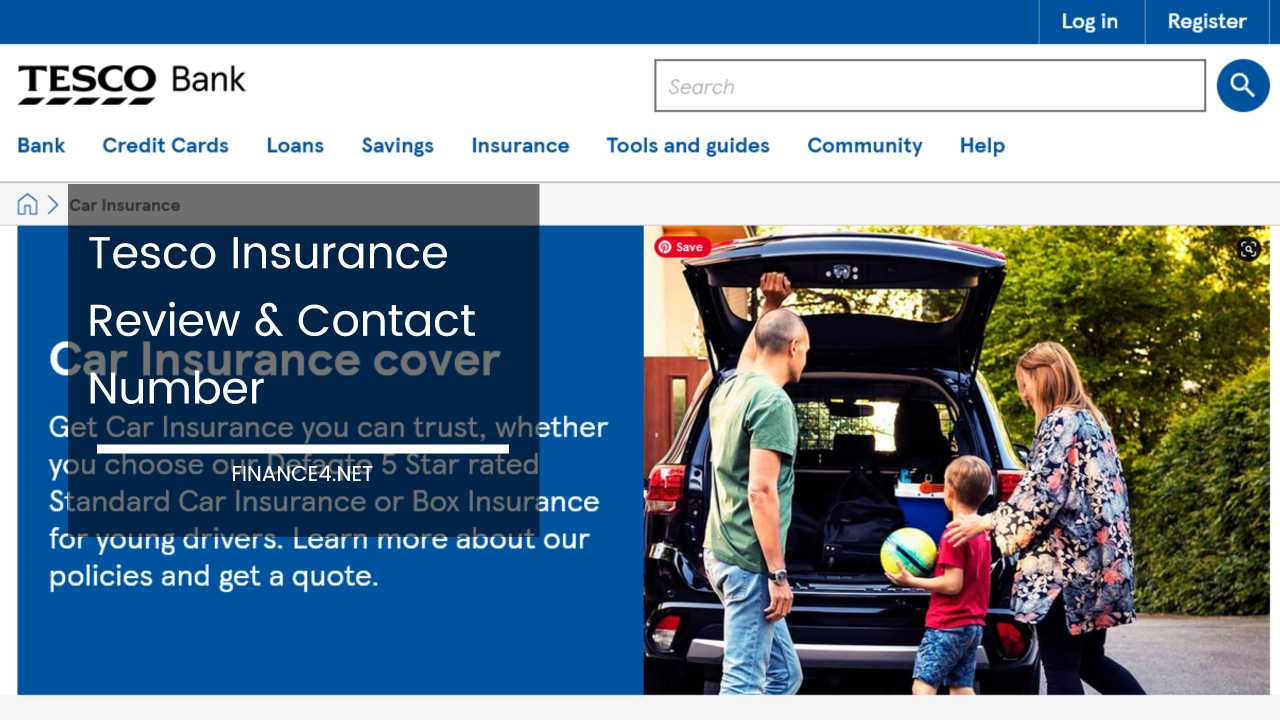Your Health Insurance Coverage After Wrongful Termination

Your Health Insurance Coverage After Wrongful Termination: A Comprehensive Guide and Action Plan
Losing your job, particularly due to wrongful termination, can be a life-altering event. The financial stress, coupled with the emotional turmoil of an unjust dismissal, can be overwhelming.
One of the most pressing concerns during this period is often healthcare. Without employer-sponsored insurance, access to medical care can become a significant worry.
However, there’s hope. Several options exist to help you maintain health insurance coverage after a wrongful termination. This guide will equip you with the knowledge and resources necessary to navigate this complex situation.
Understanding Your Legal Landscape
Before exploring specific coverage options, it’s crucial to understand your legal standing regarding health insurance continuation. Several factors determine your available options:
- Employer Size: The number of employees your former employer had plays a key role. Federal and state programs offer coverage based on company size.
- Reason for Termination: Wrongful termination laws vary by state. Generally, it involves being fired for an illegal reason, such as discrimination, retaliation, or whistleblowing. Understanding the specific reason for your termination may impact your eligibility for certain programs.
- State Laws: Many states offer additional continuation options or protections beyond federal programs.
Taking Action: A Step-by-Step Guide
Here’s a step-by-step guide to help you secure health insurance coverage after a wrongful termination:
Step 1: Gather Information:
- Employment Records: Request a copy of your separation documents from your employer. This will confirm your termination date and reason for dismissal (as listed by the employer).
- Health Insurance Plan Details: If you had employer-sponsored health insurance, obtain information about the specific plan and termination procedures.
Step 2: Understand Your COBRA Options
- COBRA Eligibility: If your former employer had at least 20 employees, you may be eligible for COBRA continuation coverage.
- Costs and Deadlines: Under COBRA, you can temporarily keep your employer-sponsored health insurance plan, but you become responsible for the entire premium, including the employer’s portion. This can be significantly more expensive than your prior contribution.
- COBRA Election Period: You typically have 60 days from losing your job to elect COBRA coverage. Don’t miss this important deadline.
- COBRA Duration: COBRA typically lasts for 18 months, though it can extend to 36 months if you become disabled.
Step 3: Explore State Continuation Programs
Many states offer benefits beyond COBRA for individuals who lose their job involuntarily, including wrongful termination. These programs often have lower costs than COBRA and may last longer. Research “continuation coverage” or “mini-COBRA” programs in your state.
- State Department of Insurance: Contact your state’s Department of Insurance or Labor department to find out about available options and eligibility requirements.
- State Resources: Many states have online resources or phone numbers dedicated to helping residents navigate health insurance options. Explore your state’s official website for information.
Step 4: Consider HIPAA Insurance (if applicable)
- Prior Coverage: The Health Insurance Portability and Accountability Act (HIPAA) allows you to purchase individual health insurance despite a pre-existing condition, even after losing employer-sponsored coverage. However, you must have had continuous health insurance coverage for at least 18 months before losing your job.
- COBRA and State Coverage: You must first try to obtain coverage through COBRA or your state’s program before qualifying for HIPAA insurance.
- Pre-existing Conditions: While HIPAA prevents insurers from denying coverage based on pre-existing conditions, they can charge you a higher premium based on your health history.
- High-Risk Pools (if available): Some states offer high-risk pools for those with pre-existing conditions who cannot qualify for affordable individual plans. Explore your state’s options.
Step 5: Investigate Trade Adjustment Assistance (TAA)
If you lost your job due to foreign competition or outsourcing, you may be eligible for Trade Adjustment Assistance (TAA). This federal program offers benefits, including health insurance coverage, to workers displaced by international trade. Contact your local Department of Labor office to determine eligibility.
Step 6: Seek Assistance from Healthcare Navigators
Free or low-cost assistance can be found through healthcare.gov or your state’s insurance marketplace. These healthcare navigators are trained to help you compare plans, understand coverage details, and choose the best option for your situation.
Additional Considerations When Choosing a Plan:
- Cost: COBRA can be expensive, while state programs and HIPAA plans may offer more affordable options. Consider the total cost, including premiums, deductibles, and co-pays.
- Coverage: COBRA generally allows you to keep your existing plan, while state and individual plans may differ in coverage details. Understand the network of doctors, hospitals, and services covered by each plan.
- Duration: COBRA and state programs typically have set durations, whereas HIPAA plans offer ongoing coverage if premiums are paid. Choose a plan that aligns with your expected job search timeline or potential for continued coverage needs.
- Pre-existing Conditions: If you have a pre-existing condition, explore options with guaranteed issue coverage, meaning they cannot deny you based on health history. State high-risk pools or certain HIPAA plans may offer this benefit.
Important Tips:
- Don’t Delay: You typically have a limited window to enroll in continuation coverage options. Act quickly to avoid losing eligibility.
- Consider Legal Counsel: If you believe your termination was wrongful, consulting with an employment lawyer can help you understand your rights and potential legal avenues. This may be particularly relevant if your employer tries to hinder your access to COBRA information or coverage.
- Maintain Documentation: Keep copies of all communication with your former employer, state agencies, and insurance companies related to your health insurance continuation.
- Focus on Your Well-Being: A wrongful termination can be emotionally taxing. Prioritize your well-being by seeking support from loved ones or mental health professionals.
- Job Search Strategies: While navigating health insurance, don’t neglect your job search. Update your resume and explore online resources and job boards. Consider temporary work or freelance opportunities to bridge the income gap.
Final Thoughts
Losing a job, especially due to wrongful termination, can be a challenging time. However, by understanding your health insurance continuation options and taking proactive steps, you can minimize disruptions to your healthcare access. Remember, you have resources available to help you navigate this complicated situation.
Don’t hesitate to seek assistance from state agencies, healthcare navigators, or legal counsel if needed. By focusing on your well-being and taking action, you can overcome this hurdle and move forward on a path to a new job and a secure future.
Additional Resources:
- National Employment Lawyers Association: https://www.nela.org/
- MentalHealth.gov: https://www.samhsa.gov/mental-health



